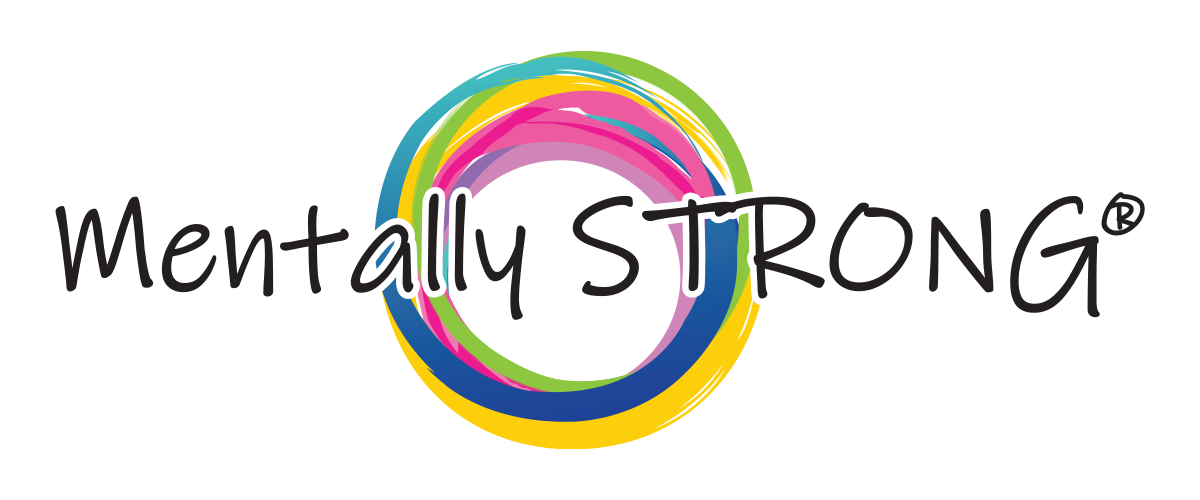Diagnosing a client with bipolar II can be difficult. People have been told that they’re moody, that they’re bipolar by their friends or their significant other, or because they have extreme fluctuations in mood. Still, depression, anxiety, and PTSD can also cause drastic mood changes. A correct diagnosis is vital as clients diagnosed with bipolar II tend to own it and its symptoms, which can be overdiagnosed.
Hypomania Vs. Mania
The difference between depression, anxiety, and PTSD when compared to bipolar II, according to the DSM V, is the inclusion of at least one hypomanic episode. A hypomanic episode is characterized by a period of elevated self-esteem, elated mood, and “productive” activities such as shopping sprees.
The difference between hypomanic episodes in bipolar II and manic episodes in bipolar I is the level of perceived control. Hypo means “lower” – hypomania is a “softer” mania that can look functional. Most people with bipolar II are functioning; they go on a shopping spree and feel guilty, and they compensate by budgeting their money and paying off their debt.
While considered “functioning” compared to a manic episode, as seen in bipolar I, a hypomanic episode is still considered an impairment. It is a DSM-V diagnostic criterion, just not to the point of severity that mania does. The level of functioning is critical here, as typically, people with hypomania do not seek treatment during this time. They are super productive, artistic, and creative – many celebrities experience hypomanic episodes.
The Depression and Hypomania Cycle
People experiencing a depressive episode as part of bipolar II typically seek treatment – but just for the depression. They see hypomania as productive and want to hold onto that part of the cycle – only treating the depression. The issue with only treating depression is that this tactic can cause a problem called activating–triggering hypomania. In bipolar I and II, people typically seek treatment in their first few depressive episodes. While there is more of a chance that people are suffering from bipolar, I may have more severe behavior during a manic episode that causes them to be arrested or hospitalized. Therefore, it is essential to take time to diagnose a person – observing their behavior and mood over a period to ensure it is not a major depressive disorder but part of the hypomanic-depressive cycle seen in bipolar II.
National Suicide Prevention Lifeline, 1-800-273-TALK (8255) or Live Online Chat
Bipolar II Treatment
As mentioned, if a person with bipolar II is treated only for depression, adding an antidepressant will only activate the hypomania, leaving them to crash back into depression reasonably quickly. Antidepressants are not indicated for treating bipolar II for this reason. Instead, prescription drugs designed for mood stabilization are used, which include Vraylar, Abilify, and anticonvulsant medications work, as well.
For long-term success with bipolar II treatment, it is essential to coordinate medication follow-ups with counseling to follow behavior patterns and ensure the treatment is effective. At Mentally STRONG, we believe in working with clients from all aspects and providing long-term solutions and care for your needs.

